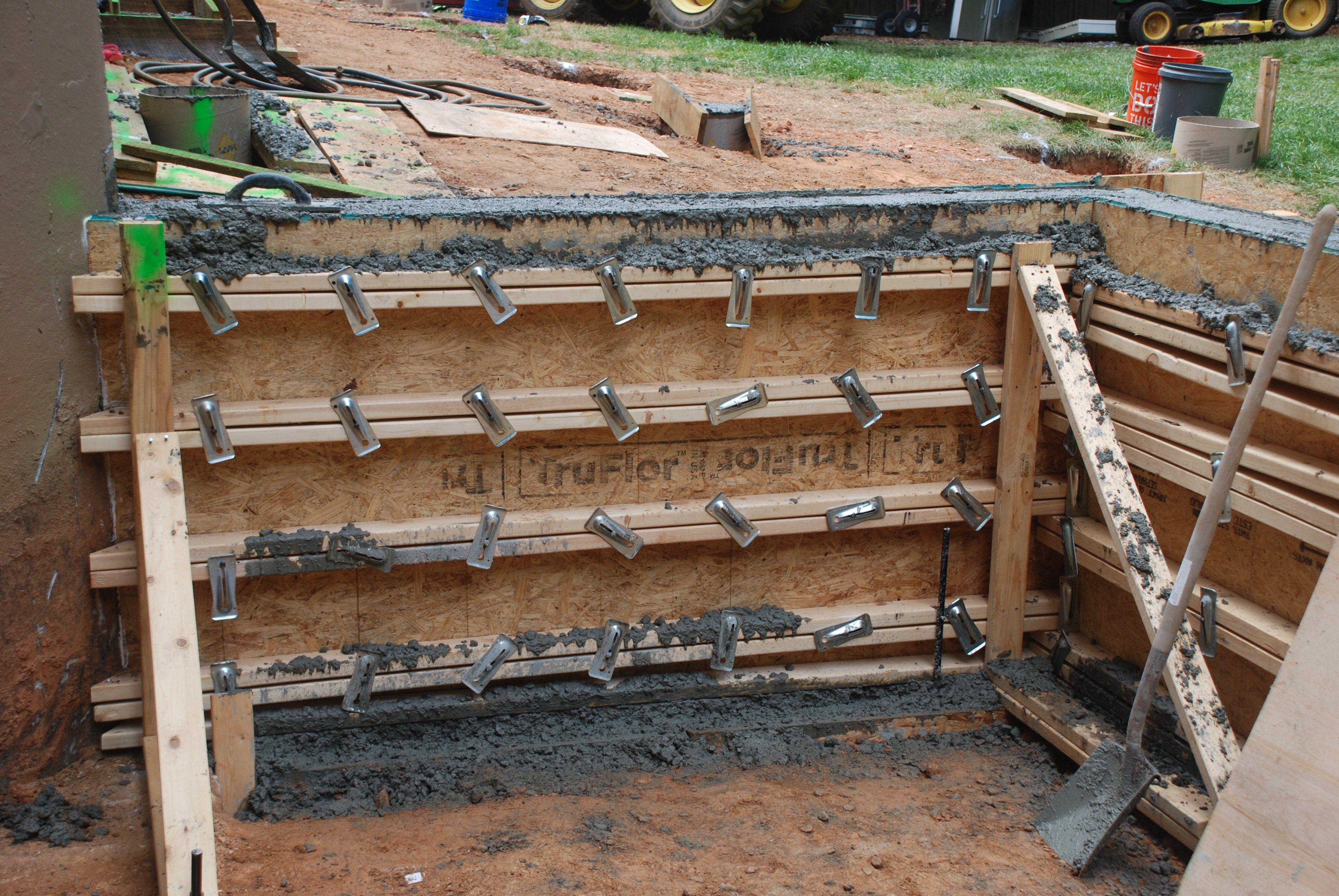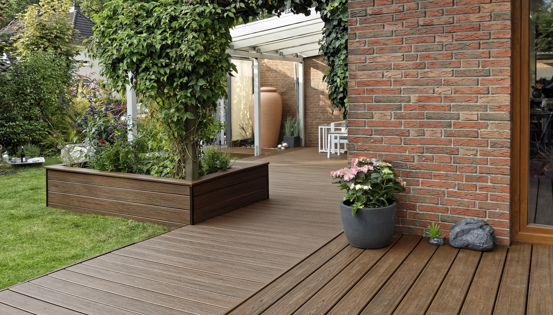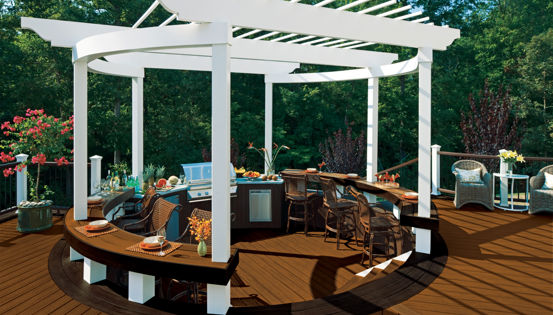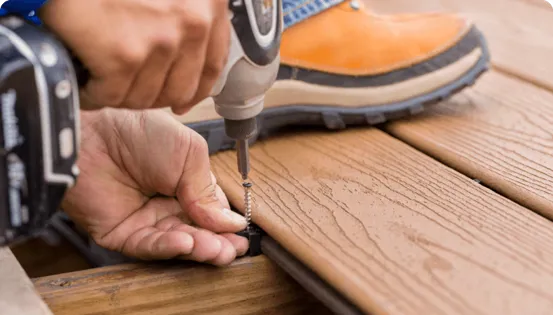If your footing locations will require you to dig next to a retaining wall, you will have to be very careful not to damage the wall. Disrupting the soil can cause a wall to cave in. This situation will usually require you to hand dig the footing. If you are digging above a retaining wall, you will have to dig deep enough to maintain the minimum frost depth away from the surface of the wall. This may result in digging some very deep footings.
All retaining walls have a system built into the wall construction that hides behind the wall. In a wood or timber retaining wall, you will see what is called a "deadman frame". These are members usually consisting of the same timber size that make up a skeletal frame backfill over the solid to keep the wall from bulging out or falling over. An interlocking concrete block wall will have a "geogrid" pinned into the wall over other course. These systems usually travel as far back as the wall is high, so if you plan to dig in these areas you will have problems.
Building a deck around a series of retaining walls can definitely present some problems. Under no circumstances should you ever consider setting a post on top of a retaining wall. The walls are not designed to resist this additional loading and could result in a catastrophic failure. Many of these problems should have been addressed during the design phase. Always use an extra degree of caution when working beside a retaining wall.
Concrete Retaining Wall

Here is an example of the construction of a concrete foundation retaining wall. It is important to be careful while building a deck near an existing or new retaining wall to prevent damage or a collapse.







